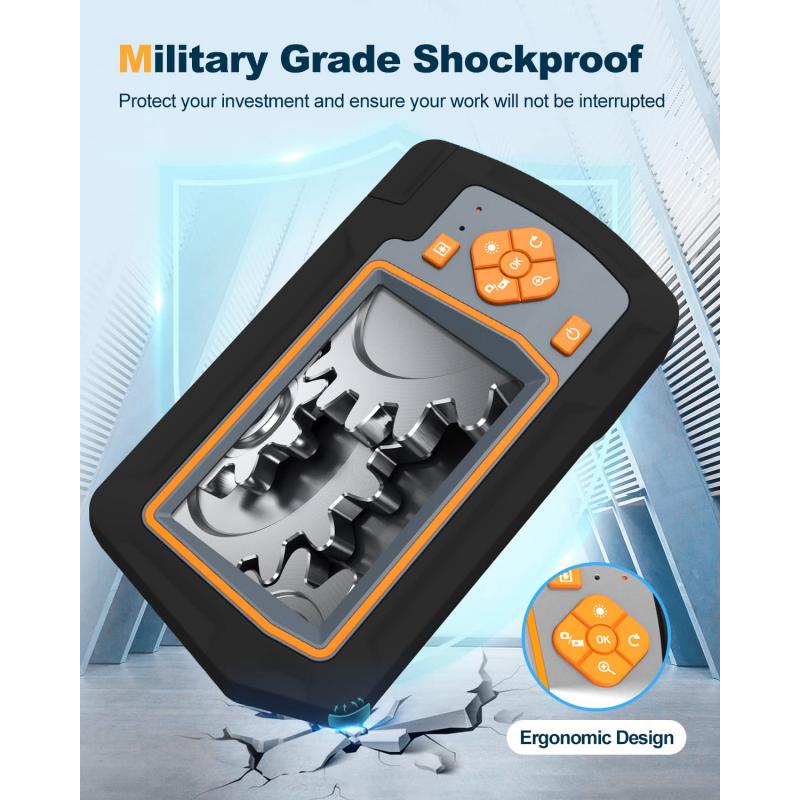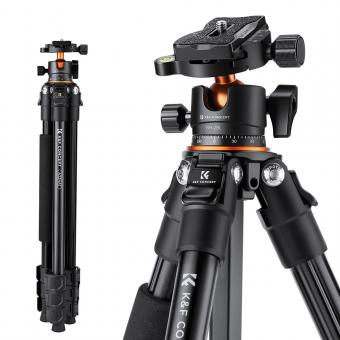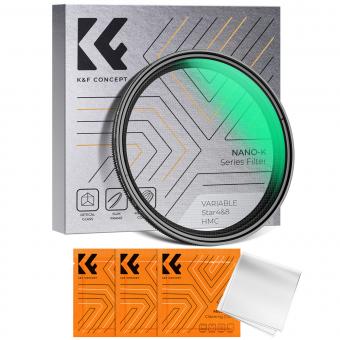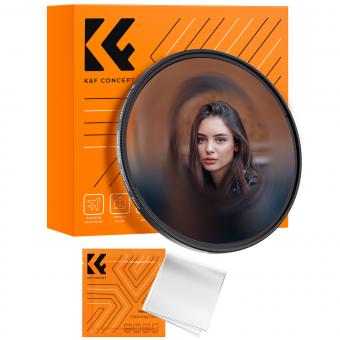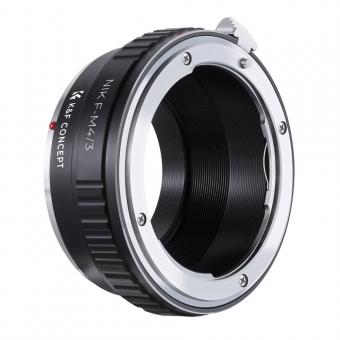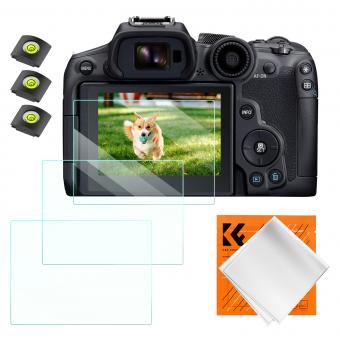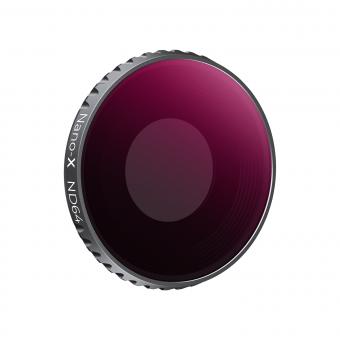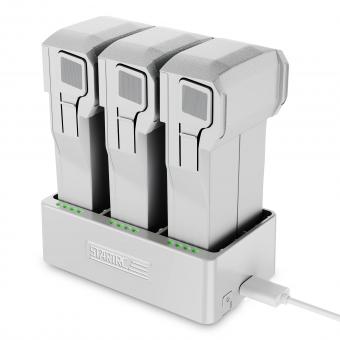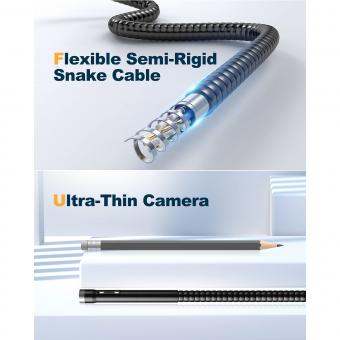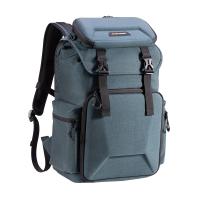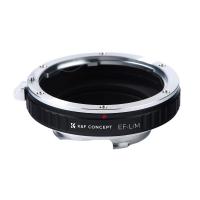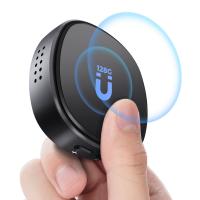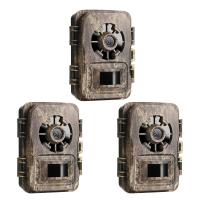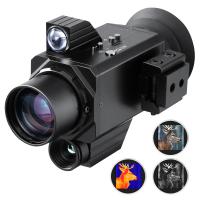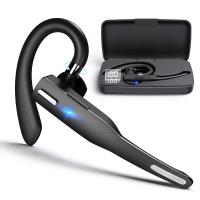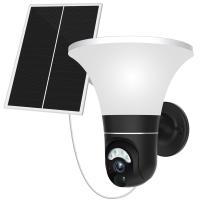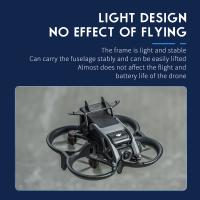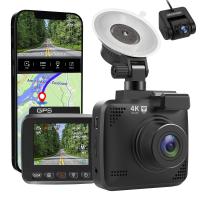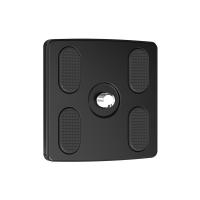How To Use Lipiodol Endoscopic Glue ?
Lipiodol endoscopic glue is a medical adhesive used during certain endoscopic procedures. It is typically used to seal or close off abnormal connections or fistulas within the body. The exact method of using Lipiodol endoscopic glue may vary depending on the specific procedure and the location of the abnormal connection. However, in general, the glue is injected or applied directly to the site using specialized endoscopic instruments. The glue then hardens and forms a seal, preventing further leakage or abnormal flow. It is important to note that the use of Lipiodol endoscopic glue should only be performed by trained medical professionals in a clinical setting.
1、 Lipiodol: Definition and Composition of Lipiodol as a Radiographic Contrast Agent
Lipiodol is a radiographic contrast agent that is commonly used in medical imaging procedures. It is composed of ethyl esters of iodized fatty acids of poppy seed oil. Lipiodol is primarily used in angiography, lymphography, and hysterosalpingography to enhance the visibility of blood vessels, lymphatic vessels, and the uterus, respectively.
When it comes to using Lipiodol as an endoscopic glue, it is important to note that this is an off-label use and may not be approved by regulatory authorities. However, there have been some studies and reports suggesting its potential benefits in certain cases.
To use Lipiodol as an endoscopic glue, the procedure typically involves the following steps:
1. Preparation: Lipiodol is usually mixed with other substances, such as cyanoacrylate glue or ethanol, to create a viscous mixture that can be injected or applied during endoscopy. The specific mixture and concentration may vary depending on the intended use and the physician's preference.
2. Endoscopic procedure: The endoscope is inserted into the body through a natural orifice or a small incision. The target area is visualized using the endoscope's camera, and any necessary interventions are performed.
3. Lipiodol injection/application: The Lipiodol mixture is injected or applied to the target area using a specialized catheter or applicator. The Lipiodol acts as a glue, helping to seal or occlude blood vessels, fistulas, or other abnormal structures.
4. Monitoring and follow-up: After the Lipiodol application, the physician may use imaging techniques, such as X-rays or ultrasound, to confirm the distribution and effectiveness of the glue. Follow-up examinations may be necessary to assess the long-term outcomes of the procedure.
It is important to note that the use of Lipiodol as an endoscopic glue is still an evolving field, and more research is needed to establish its safety and efficacy. Therefore, it is crucial to consult with a qualified healthcare professional who can provide guidance based on the latest evidence and individual patient needs.
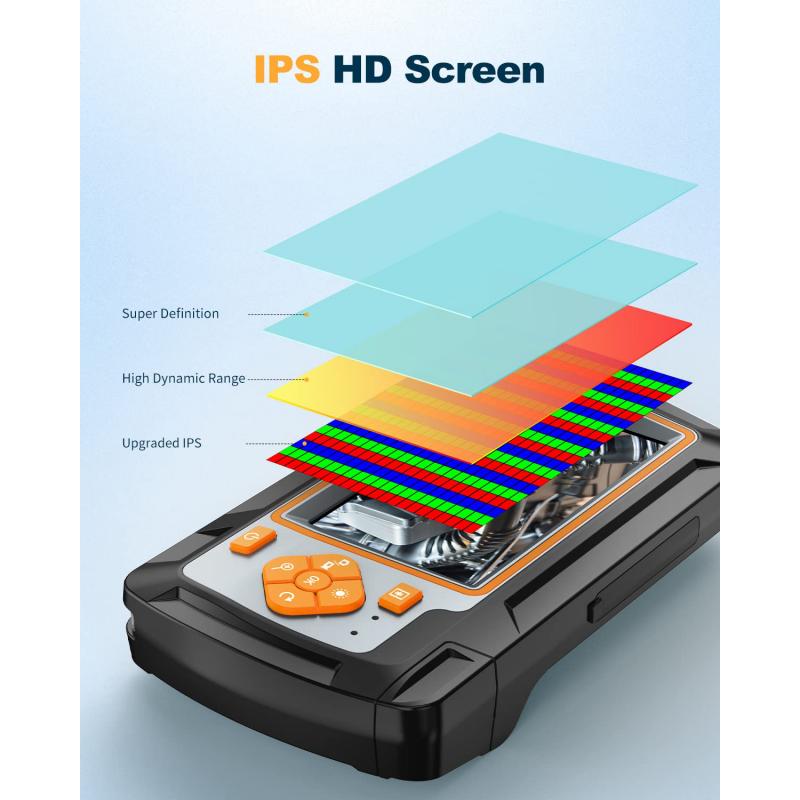
2、 Endoscopic Glue: Overview of Endoscopic Glue and Its Applications in Medicine
Lipiodol endoscopic glue is a type of endoscopic glue that is used in various medical procedures. It is a mixture of Lipiodol, which is an iodinated oil, and a tissue adhesive. This combination creates a sticky substance that can be used to seal and close off areas during endoscopic procedures.
To use Lipiodol endoscopic glue, the first step is to prepare the mixture. This involves mixing the Lipiodol and tissue adhesive in the appropriate ratio, as specified by the manufacturer. The mixture is then loaded into a syringe or applicator for easy administration.
During the endoscopic procedure, the Lipiodol endoscopic glue is applied to the desired area using a catheter or endoscope. The glue is carefully placed to seal off any leaks, close off blood vessels, or reinforce tissue structures. It can be used in various procedures, such as sealing off gastrointestinal fistulas, treating bleeding ulcers, or closing off blood vessels in the liver.
The latest point of view on the use of Lipiodol endoscopic glue is that it offers several advantages over traditional methods. It provides a quick and effective way to seal off leaks or close off blood vessels, reducing the risk of complications. It is also less invasive compared to surgical procedures, making it a preferred option for many patients.
However, it is important to note that the use of Lipiodol endoscopic glue should be done by trained medical professionals who are familiar with the procedure. They should carefully assess the patient's condition and determine if the use of the glue is appropriate.
In conclusion, Lipiodol endoscopic glue is a valuable tool in various endoscopic procedures. It offers a quick and effective way to seal off leaks, close off blood vessels, and reinforce tissue structures. However, its use should be done by trained professionals, and the patient's condition should be carefully assessed before proceeding with the procedure.

3、 Lipiodol Endoscopic Glue: Introduction to Lipiodol Endoscopic Glue and Its Uses
Lipiodol Endoscopic Glue is a medical adhesive that is used during endoscopic procedures. It is a mixture of Lipiodol, which is an iodized oil, and a glue-like substance. This adhesive is used to seal and close off abnormal connections or leaks in the body, such as fistulas or perforations.
To use Lipiodol Endoscopic Glue, the first step is to prepare the mixture. This is done by mixing Lipiodol with the glue-like substance according to the manufacturer's instructions. The mixture is then loaded into a syringe or applicator device.
During the endoscopic procedure, the Lipiodol Endoscopic Glue is injected into the targeted area using a catheter or endoscope. The adhesive is carefully applied to the site of the abnormal connection or leak, forming a seal and preventing further leakage.
The use of Lipiodol Endoscopic Glue has been found to be effective in various medical conditions. It has been used to treat gastrointestinal fistulas, biliary leaks, and postoperative leaks, among other conditions. The adhesive properties of Lipiodol Endoscopic Glue allow for a secure closure of these abnormal connections, reducing the risk of complications and promoting healing.
It is important to note that the use of Lipiodol Endoscopic Glue should be performed by trained medical professionals who are experienced in endoscopic procedures. The procedure should be done under proper guidance and with the necessary precautions to ensure patient safety.
In conclusion, Lipiodol Endoscopic Glue is a valuable tool in the field of endoscopy. Its adhesive properties make it an effective solution for sealing abnormal connections and leaks in the body. However, it is crucial to use this adhesive under the supervision of trained professionals to ensure safe and effective treatment.
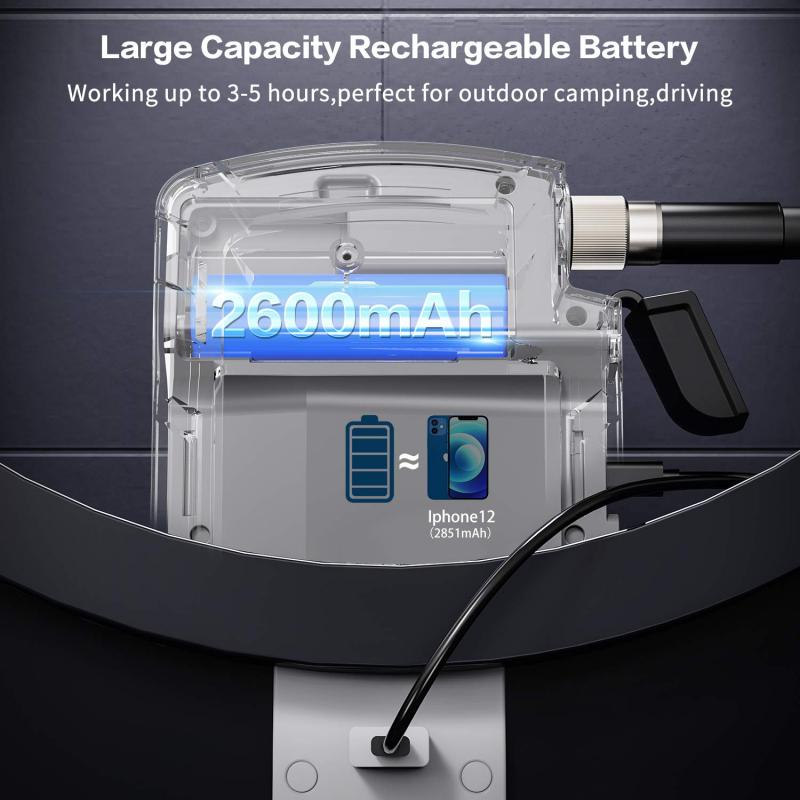
4、 Techniques: Step-by-Step Guide on How to Use Lipiodol Endoscopic Glue
Lipiodol endoscopic glue is a medical adhesive that is used during endoscopic procedures to seal and close off abnormal connections or leaks in the body. It is commonly used in the treatment of conditions such as fistulas, leaks in the gastrointestinal tract, and biliary leaks.
Here is a step-by-step guide on how to use Lipiodol endoscopic glue:
1. Preparation: Before using Lipiodol endoscopic glue, ensure that all necessary equipment and supplies are ready. This includes the endoscope, Lipiodol glue, a syringe, and any other tools required for the specific procedure.
2. Identification of the target area: Use the endoscope to identify the site of the abnormal connection or leak. This may involve visual inspection, imaging techniques, or other diagnostic methods.
3. Cleaning and drying: Clean the target area using a sterile solution to remove any debris or fluids. Ensure that the area is completely dry before proceeding.
4. Mixing the glue: Lipiodol endoscopic glue is typically supplied as a two-component system that needs to be mixed before use. Follow the manufacturer's instructions to mix the glue components thoroughly.
5. Application: Load the mixed glue into a syringe and attach a suitable applicator tip. Carefully introduce the glue into the target area using the endoscope. The amount of glue required will depend on the size and location of the abnormality.
6. Confirmation: After applying the glue, use the endoscope to confirm that the target area is adequately sealed. This may involve visual inspection or other imaging techniques.
7. Post-procedure care: Provide appropriate post-procedure care to the patient, which may include monitoring for any complications or adverse reactions to the glue.
It is important to note that the use of Lipiodol endoscopic glue should be performed by trained medical professionals who are familiar with the specific procedure and have experience in using the adhesive. Additionally, the latest point of view on the use of Lipiodol endoscopic glue may vary depending on new research findings or advancements in medical technology. Therefore, it is crucial to stay updated with the latest guidelines and recommendations from medical authorities.
